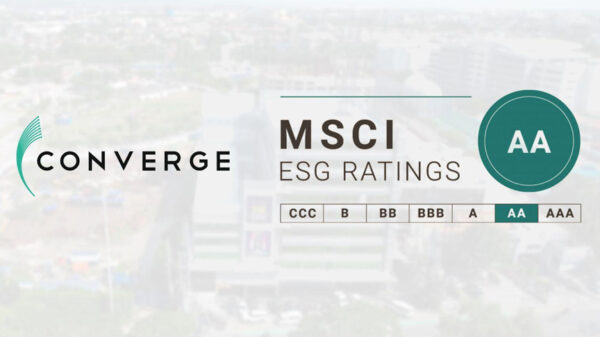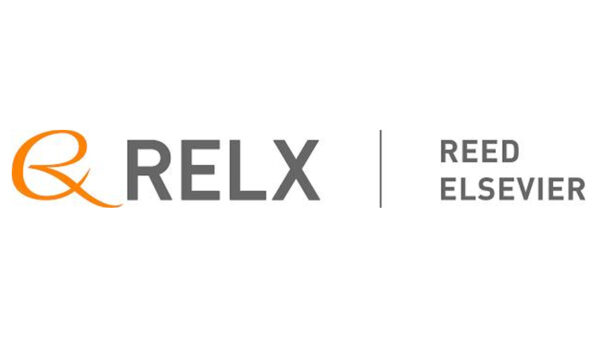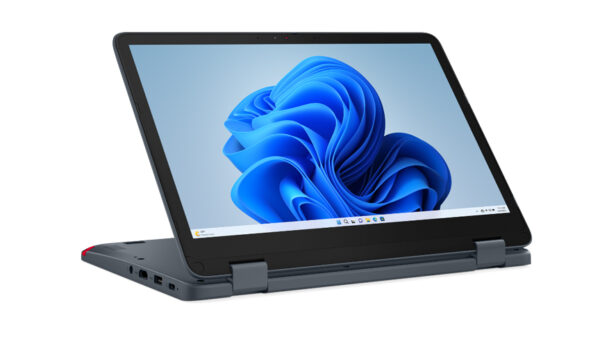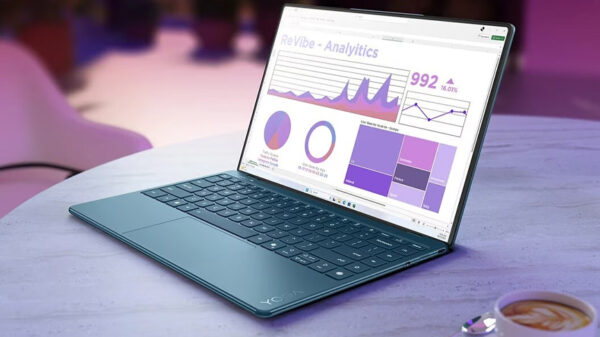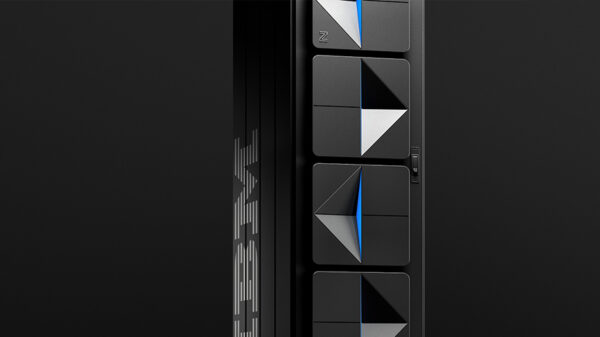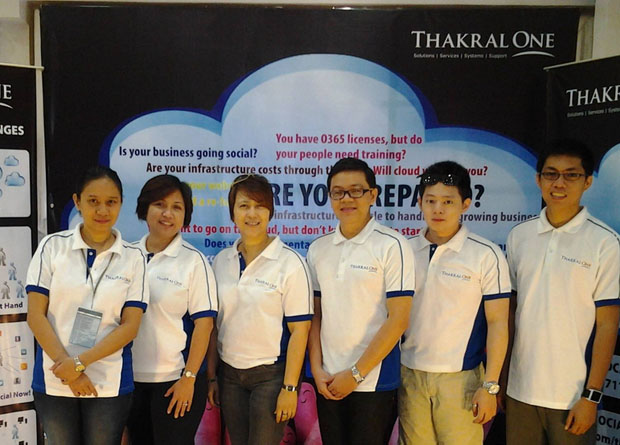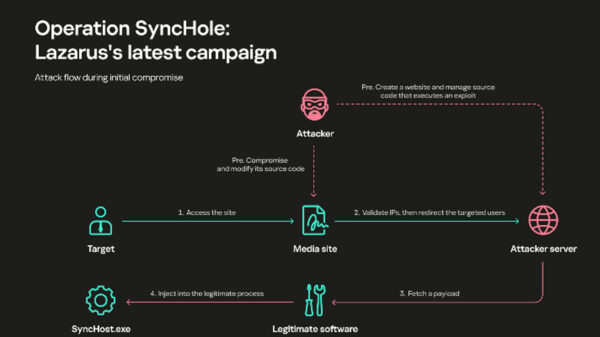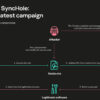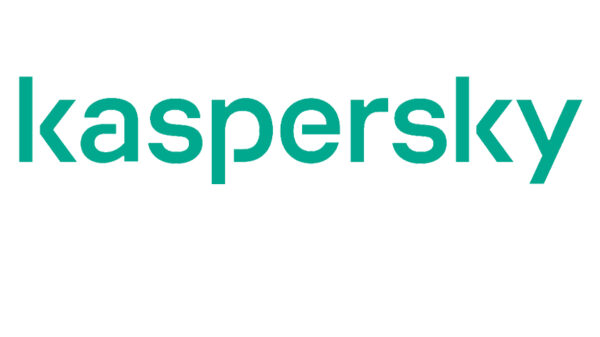The Dell Technologies’ “Global Data Protection Index 2020 Snapshot” reveals that organizations on average are managing almost 40% more data than they were a year ago. With this surge in data comes inherent challenges.
The vast majority (81%) of respondents reported their current data protection solutions will not meet all of their future business needs. The Snapshot, a follow-on to the biennial Global Data Protection Index, surveyed 1,000 IT decision makers across 15 countries at public and private organizations with 250+ employees about the impact these challenges and advanced technologies have on data protection readiness.
The findings also show positive progress as an increasing number of organizations – 80% in 2019, up from 74% in 2018 – see their data as valuable and are currently extracting value or plan to in the future.
“Data is the lifeblood of business and the key to an organization’s digital transformation,” said Beth Phalen, president, Dell Technologies Data Protection. “As we enter the next data decade, resilient, reliable and modern data protection strategies are essential in helping businesses make smarter, faster decisions and combat the effects of costly disruptions.”
Costly disruptions rise at alarming rates
According to the study, organizations are now managing 13.53 petabytes (PB) of data, nearly a 40% increase since the average 9.70PB in 2018, and an 831% increase since organizations were managing 1.45PB in 2016. The largest threat to all this data seems to be the growing number of disruptive events, from cyber-attacks to data loss to systems downtime. The majority of organizations (82% in 2019 compared to 76% in 2018) suffered a disruptive event in the last 12 months. And, an additional 68% fear their organization will experience a disruptive event in the next 12 months.
Even more concerning is the finding that organizations using more than one data protection vendor are approximately two times more vulnerable to a cyber incident that prevents access to their data (39% of those using two or more vendors versus 20% of those using only one vendor). But, the use of multiple data protection vendors is on the rise with 80% of organizations choosing to deploy data protection solutions from two or more providers, up 20 percentage points since 2016.
The cost of disruption is also increasing at an alarming rate. The average cost of downtime surged by 54% from 2018 to 2019, resulting in an estimated total cost of $810,018 in 2019, up from $526,845 in 2018. The estimated cost of data loss also increased from $995,613 in 2018 to $1,013,075 in 2019. These costs are significantly higher for those organizations using more than one data protection vendor – nearly two times higher downtime-related costs and almost five times higher data loss costs, on average.
Emerging technologies challenge data protection solutions
As emerging technologies continue to advance and shape the digital landscape, organizations are learning how to use these technologies for better business outcomes. The study reports that almost all organizations are making some level of investment in newer or emerging technologies, with the top five being: cloud-native applications (58%); artificial intelligence (AI) and machine learning (ML) (53%); software-as-a-service (SaaS) applications (51%); 5G and cloud edge infrastructure (49%); and Internet of Things/end point (36%).
Yet, nearly three-quarters (71%) of respondents believe these emerging technologies create more data protection complexity while 61% state that emerging technologies pose a risk to data protection. More than half of those using newer or emerging technologies are struggling to find adequate data protection solutions for these technologies, including:
- 5G and cloud edge infrastructure (67%)
- AI and ML platforms (64%)
- Cloud-native applications (60%)
- IoT and end point (59%)
- Robotic process automation (56%)
The study also found that 81% of respondents believe their organizations’ existing data protection solutions will not be able to meet all future business challenges. Respondents shared a lack of confidence in the following areas:
- Recovering data from cyber-attacks (69%)
- Recovering data from a data loss incident (64%)
- Meeting compliance with regional data governance regulations (62%)
- Meeting backup and recovery service level objectives (62%)
Data protection joins forces with cloud
Businesses are taking a combination of cloud approaches when deploying new business applications and protecting workloads such as containers and cloud-native and SaaS applications. The findings show that organizations prefer public cloud/SaaS (43%), hybrid cloud (42%) and private cloud (39%) as deployment environments for newer applications such as these. Also, 85% of organizations surveyed say it is mandatory or extremely important for data protection providers to protect cloud-native applications.
As more data moves to, through and around edge environments, many respondents say cloud-based backups are preferred, with 62% citing private cloud and 49% citing public cloud as their approach for managing and protecting data created in edge locations.
“These findings prove that data protection needs to be central to a company’s business strategy,” said Phalen. “As the data landscape grows more complex, organizations need nimble, sustainable data protection strategies that can scale in a multi-platform, multi-cloud world.”




